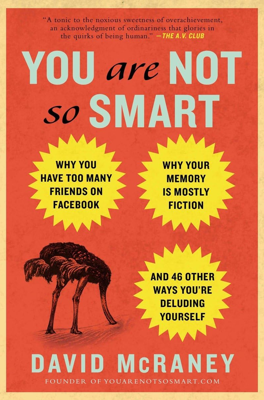The Bystander Effect
Misconception vs. Truth
Misconception:
When someone is hurt, people rush to their aid.
Truth:
The more people who witness a person in distress, the less likely it is that any one person will help.
Bystander Effect
- Definition: The bystander effect occurs when the presence of others discourages an individual from intervening in an emergency situation.
- Country Road vs. Busy Street: You are more likely to get help on a less populated country road than on a busy street due to fewer bystanders assuming someone else will help.
Historical Cases and Research
- Eleanor Bradley (1968): Broke her leg in a crowded department store; individuals walked by her for 40 minutes until one person stopped.
- Central Park Parade (2000): 60 women were attacked, thousands watched, but no one called the police.
Psychological Studies
- Kitty Genovese (1964): Sensationalized story of her murder led to interest in the bystander effect, spurring psychological research.
- Latane and Darley Experiments (1970):
- Dropped pencils/coins: Help came 20% of the time in groups, 40% when alone.
- Smoke-filled room: Alone participants responded within 5 seconds, in groups took 20 seconds to notice, and only 3 out of 8 groups acted.
Contributing Factors
- Fear of Embarrassment: Individuals fear looking foolish and thus hesitate to act, influencing the group's lack of response.
- Illusion of Transparency: People believe others can perceive their concern, though others do not.
- Pluralistic Ignorance: Everyone is internally worried but wrongly assumes others are not.
Escalation of Scenarios
- Injured Experimenter Study: 70% helped when alone; only 40% helped in a group.
- Bridge Rescue Scenario: More likely to help when alone due to sole responsibility.
- Domestic Dispute Experiment (1978): People intervened 65% of the time if the woman exclaimed "I don't know you!" vs. "I don't know why I ever married you!"
Influence of Leader Actions
- Leading by Example: People tend to help when someone else steps in first, whether it’s donating, assisting with a tire change, or stopping a fight.
The Good Samaritan Experiment (1973)
- Setup: Princeton Theological Seminary students were told to prepare a speech on the Good Samaritan parable.
- Outcome: 60% stopped to help an actor in need if not in a rush, but only 10% if they were rushing, some even stepping over the person.
Practical Insights
- In emergency situations in a crowd, chances of individual intervention are low.
- To overcome the bystander effect, be the first to act, as it can prompt others to follow.
